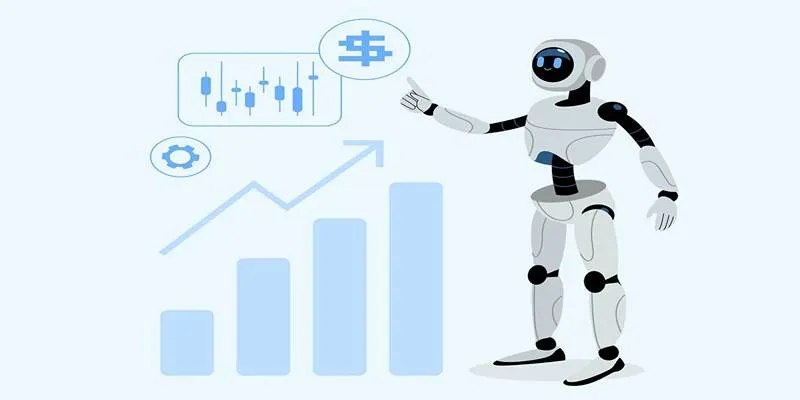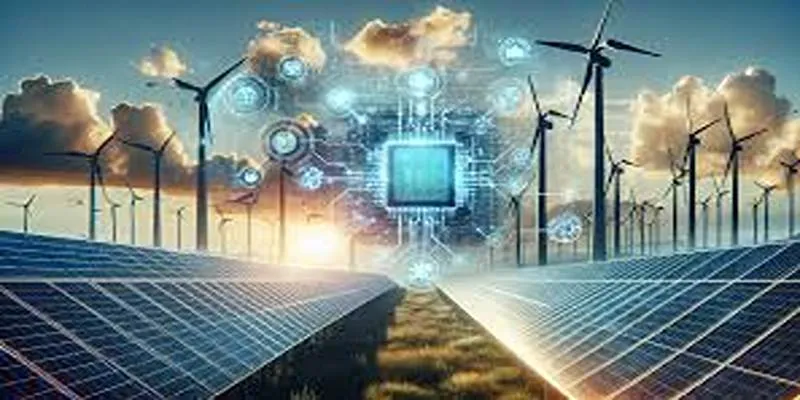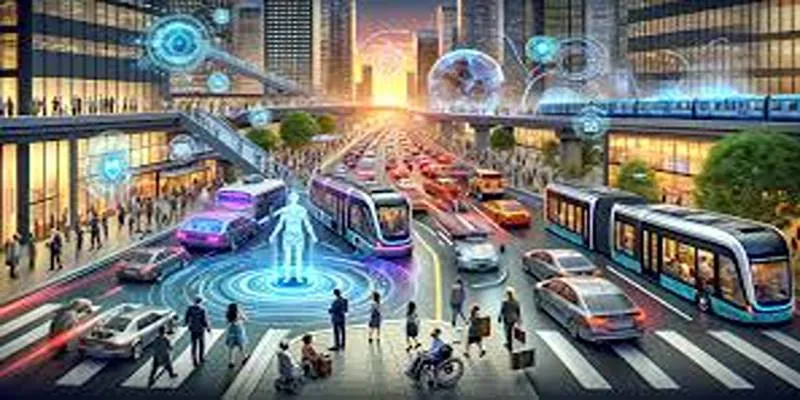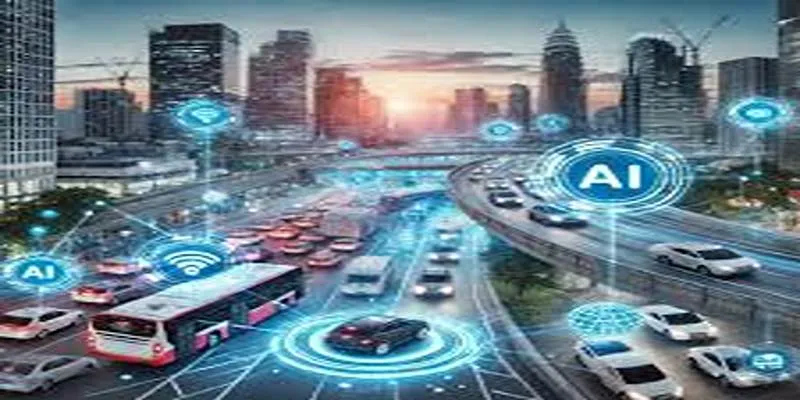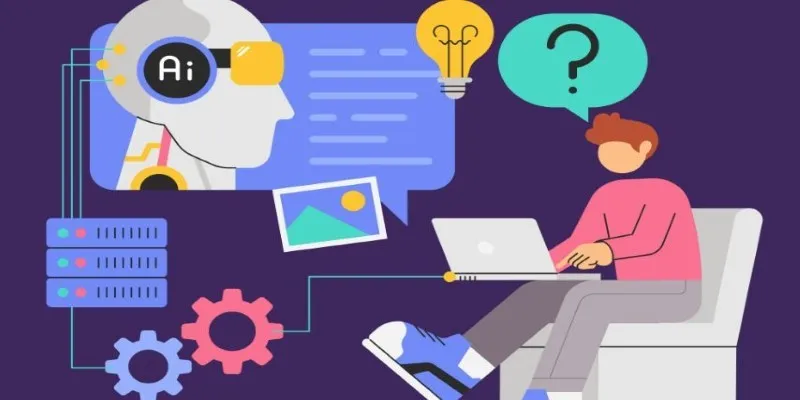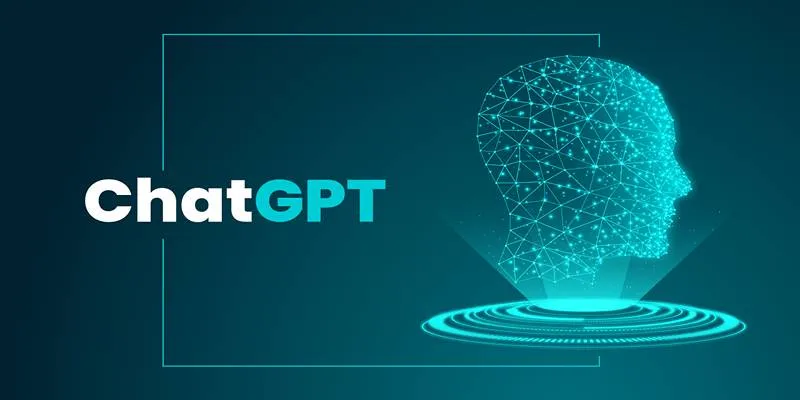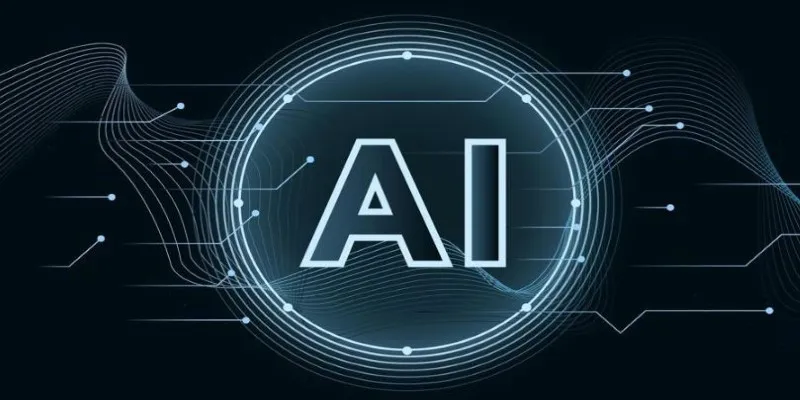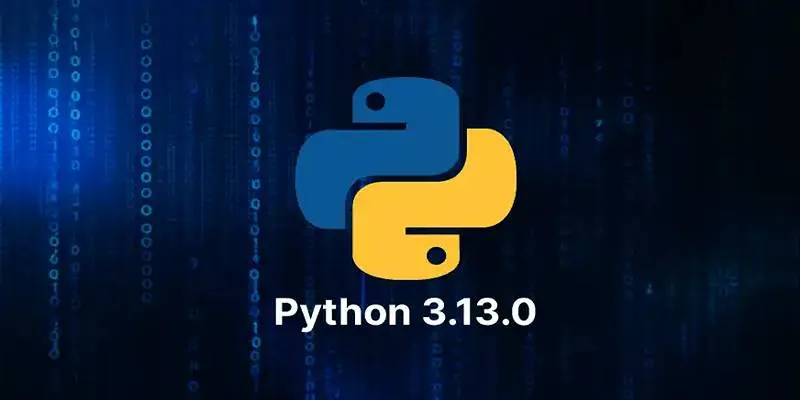Artificial intelligence (AI) is revolutionizing the energy sector by enhancing efficiency, improving energy distribution, and integrating renewable power sources. By analyzing data and predicting energy needs, AI-driven systems ensure a smarter and more sustainable approach to energy management. AI allows for better decision-making, reduces operational inefficiencies, and helps maintain a stable power supply while promoting renewable energy sources.
The Role of AI in Power Grid Optimization
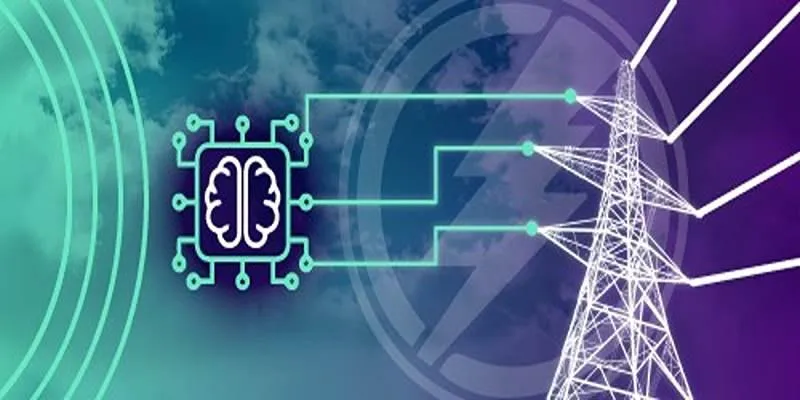
Efficiency issues, load control challenges, and sudden breakdowns are common in traditional power grids. With AI’s help, power grids become more efficient, waste less energy, and avoid blackouts. AI ensures smoother energy distribution, enhancing power reliability and reducing costs for both users and providers. AI-powered solutions help energy companies identify gaps, automatically adjust power flows, and improve grid security.
Smart Grid Management
AI-driven smart grids collect real-time data from sensors and meters to optimize electricity distribution. These systems help:
- Reduce power losses by adjusting supply based on demand.
- Instantly detect and respond to faults, minimizing downtime.
- Enhance reliability and reduce blackouts by redistributing energy efficiently.
- Identify high energy consumption areas and suggest efficiency improvements.
- Improve load balancing by analyzing usage trends and adapting accordingly.
AI enhances power grid security, even during peak demand periods, by streamlining decision-making and improving real-time tracking. A smart grid ensures smooth energy flow, reducing waste and improving operational efficiency.
Predictive Maintenance
AI can predict when components like power lines and generators might fail by analyzing historical data and monitoring real-time performance. This capability helps:
- Prevent costly breakdowns by scheduling maintenance proactively.
- Extend infrastructure lifespan by optimizing operational efficiency.
- Reduce downtime and repair costs, ensuring a more stable power supply.
- Identify weak points in the grid and suggest reinforcements before failures occur.
- Minimize manual inspections with AI-powered monitoring systems.
Demand Forecasting
Using machine learning, AI analyzes past consumption patterns and weather forecasts to predict energy demand. This approach ensures:
- Efficient power distribution by adjusting supply levels based on real-time insights.
- Reduction in energy wastage by preventing overproduction.
- Lower operational costs for energy providers and reduced electricity bills for consumers.
- Better integration of renewable energy by predicting fluctuations in solar and wind power generation.
- Improved load management to prevent grid overloading and unnecessary power outages.
AI’s Impact on Renewable Energy Sources
Renewable energy sources , such as solar and wind power, are inconsistent due to weather variations. AI helps improve their efficiency and reliability by optimizing energy generation and storage solutions. AI-driven models predict energy fluctuations and enhance energy production stability, ensuring a more reliable power supply.
Enhancing Solar and Wind Power Generation
AI-powered systems predict weather patterns and adjust operations accordingly. They help:
- Maximize energy output by adjusting panel angles and turbine speeds in real time.
- Reduce dependency on fossil fuels by improving the reliability of renewable energy.
- Improve grid stability by balancing the supply of solar and wind energy.
- Minimize energy wastage by ensuring that all generated power is effectively utilized.
- Optimize power generation in unfavorable weather conditions through intelligent forecasting.
Energy Storage Optimization
Energy storage is crucial for balancing supply and demand. AI helps manage batteries and storage facilities by:
- Predicting peak usage times and ensuring adequate storage levels.
- Adjusting energy discharge schedules based on real-time consumption data.
- Preventing energy loss by directing excess power to storage rather than wasting it.
- Improving battery longevity by managing charge and discharge cycles effectively.
- Enhancing the efficiency of energy storage systems by integrating real-time analytics.
Smart Energy Distribution
AI-based energy management systems ensure renewable power is distributed efficiently. They help:
- Prioritize clean energy usage in power grids, reducing overall emissions.
- Reduce reliance on traditional power plants by ensuring renewable energy is the primary source.
- Improve overall grid stability by balancing supply and demand in real-time.
- Identify inefficient energy distribution patterns and suggest corrective measures.
- Automate power flow adjustments to optimize renewable energy usage in real time.
With AI managing energy distribution, renewable power becomes more practical and accessible to a broader range of consumers. AI-based energy distribution systems allow for better grid coordination, ensuring smooth energy transitions.
Real-World Applications of AI in Energy Optimization

Several companies and regions have successfully integrated AI into their energy systems:
- Google’s DeepMind AI: This AI system helped reduce energy consumption in Google’s data centers by 40%, demonstrating how AI can optimize power usage.
- Tesla’s Powerwall and Autobidder System: Tesla’s AI-powered energy storage solutions balance renewable energy production and demand, ensuring a consistent power supply.
- Siemens AI-Based Grid Optimization: Siemens uses AI to manage smart grids, improve load balancing, and detect faults before they occur.
- AI in Smart Meters: AI-powered smart meters provide real-time data on household energy consumption, allowing consumers to optimize their usage and reduce waste.
These examples highlight how AI is already making a significant difference in optimizing power grids and renewable energy sources worldwide. AI-driven technologies are helping the energy sector operate more efficiently, reducing costs and improving reliability.
Conclusion
AI is transforming energy management by making power grids smarter and optimizing renewable energy sources. By improving efficiency, reducing costs, and enhancing sustainability, AI ensures better energy distribution, reduced wastage, and improved grid reliability. With AI’s integration, energy providers and consumers alike can benefit from lower costs, more efficient power use, and a cleaner environment.
 zfn9
zfn9


